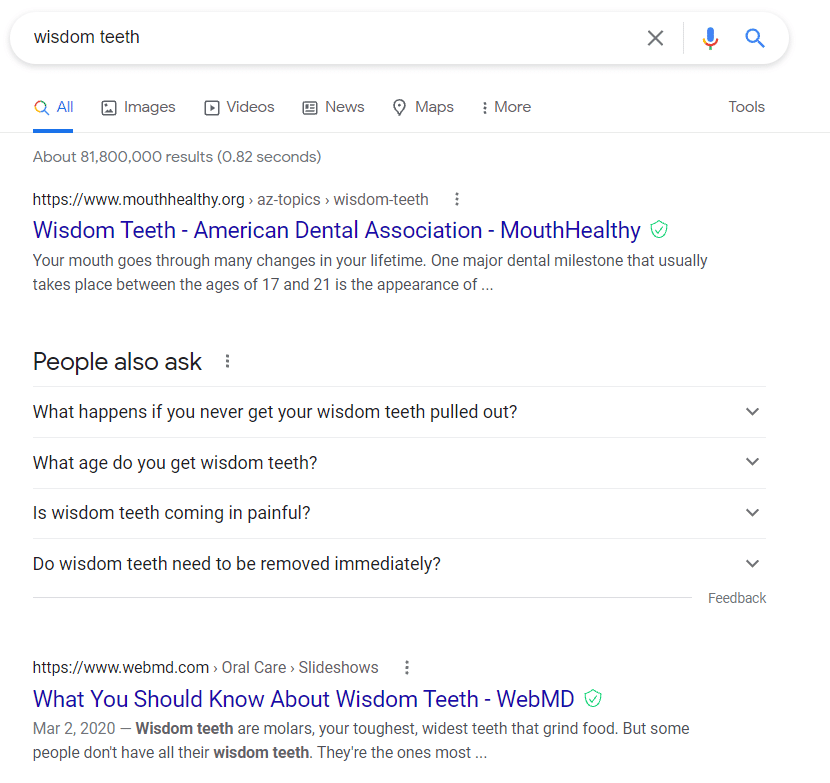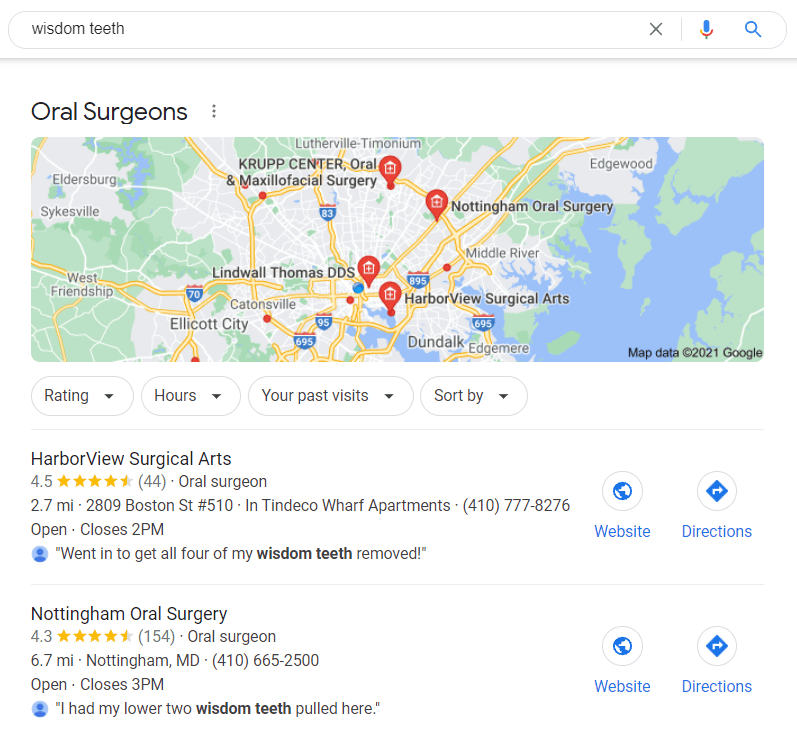Search engine optimization (SEO) is one of the cornerstones of digital marketing. As business continues to shift to digital, Google’s page ranking algorithms continue to shift as well. In fact, their algorithm changes between 500 and 600 times per year. Google’s priority is delivering the best, most accurate results to its search users. In order to do that, it must make use of the most modern tools and technologies, such as one of their newer systems, RankBrain. Read on for more on RankBrain and the effects of machine learning on SEO you need to know moving into the future.
What is RankBrain?
RankBrain is a machine learning artificial intelligence system developed by Google. It is a search algorithm that helps Google process search results and provide the best, most relevant results to users making search queries. Machine learning technology like RankBrain allows Google to use large amounts of data and learn overtime how to deliver the best results. It also provides a level of improved accuracy and speed beyond human capability. Machine learning is a subfield of artificial intelligence (AI) which is focused on algorithms that help computers learn. It is task-driven and data-driven, allowing for the algorithms to adapt as they collect information.
RankBrain and SEO
While a major part of optimizing your content for search involves the use of keywords, Google no longer promotes based on the number of keywords used alone. “Keyword stuffing,” or packing keywords and phrases into your content, used to suffice. Now, Google’s machine learning algorithm now works around this. Google does not want to offer its users content that is simply jammed with relevant phrases without offering quality information. Through RankBrain, a search query is processed. Results are delivered based on factors like the reason for the query, rather than just the words alone.
For example, if you were to search the phrase “wisdom teeth,” there are a number of things you might be looking for. Over time, countless people have searched this phrase. Google has collected information on which pages helped them find what they were looking for. RankBrain allows Google to understand that you are most likely searching for a definition of wisdom teeth if you search this phrase. Accordingly, it will provide definitional information first on its search engine results page (SERP).
Lower down on the SERP, it will provide information related to this search term – such as a list of oral surgeons – based on your geographic location. It may also include image search results in addition to more websites that will provide you with expert authoritative, and trustworthy information, based on Google’s quality rating algorithm.
Optimizing for RankBrain
The same way you need to optimize your content for voice, visual, and mobile search, your content should be optimized for RankBrain. In fact, Google has referred to RankBrain as one of its three most important ranking factors. Machine learning introduces a level of speed and efficiency that surpasses human ability. It has accelerated Google’s ability to connect users with the highest-quality information. This is possible due to large amounts of data it has collected over the years. Given the fact that Google processes over 2 billion searches per day – 15% of which are brand-new – they have collected enormous amounts of data with which they have been able to hone their algorithm. Fortunately, there are some accessible ways you or your marketing team can make sure your content is optimized for RankBrain.
Create Strong Snippets
In the words of WordStream founder Larry Kim, “The future of SEO isn’t about beating another page based on content length, social metrics, keyword usage, or your number of backlinks. Better organic search visibility will come from beating your competitors with a higher-than-expected click-through rate.” RankBrain promotes websites with high click-through rates. This is achieved by drawing users to your website via a short snippet of information on an SERP. Your marketing team can handle crafting strong meta descriptions and titles that get the information your potential customers need across quickly and concisely with the use of the proper keywords.
Build Brand Recognition
People who are familiar with your brand or content are 2x more likely to click on your ads and 2x more likely to convert. Customers want to engage online with businesses they can trust. Improving your click-through rates is critical when it comes to optimizing for RankBrain. Investing in social media ad campaigns is one of the most effective ways to do this. People spend a lot of time on social media – 145 minutes per day on average. With the help of a marketing team, figure out which social media channel your target audience is using. Then you can start focusing your efforts there. For example, if you mostly sell to older women in the United States who are retired, Facebook might be the most lucrative social media channel for your business. You can strategically place your ads so that the people who are most likely to click will see them. This can result in strong return on investment (ROI) in addition to improved SERP rankings. Maintain active social media accounts and engage regularly with your followers. Building your social media audience and developing a following will increase click-through rates for your ads and ultimately drive website traffic and RankBrain rankings.
Consider User Intent
RankBrain places a high premium on content when it comes to Google’s SERPs. Quality content is absolutely critical for any business that wants to encourage visitors to return to its website. Low click-through rates and rate of user retention can lead to lower RankBrain rankings, so quality content is key. Work with your marketing team on keeping an up-to-date blog that offers informative, updated information relevant to your industry. What does your audience want to read? What will they find interesting? Offer content that keeps users on your website. The more time they spend there, the better your content will perform via RankBrain. Also, go through older content and make sure it is not stuffed with spammy keywords and phrases that do not offer useful information.
Expand Your Use of Keywords
RankBrain shifts the focus from using specific, exact keywords to using relevant ones with intention. For example, if you are creating content about mattresses, Google’s algorithm will promote your content in response to the key phrase “mattresses.” It will also provide results related to terms it has deemed relevant over time. Some examples might be “bedding,” “beds,” and “mattress toppers.” Google wants to promote content that answers all of its users’ potential questions. Using variations of keywords and related words in useful, quality content is more likely to earn higher rankings through RankBrain than repeating one single key phrase over and over again. Think of your keywords as concepts. According to Dr. Peter Meyers of Moz, it’s best to gather your keywords into clusters all meant to target the same concept.
Contact Us
If you are interested in improving your search rankings, reaching more customers and driving quality website traffic, contact Dragonfly Digital Marketing today. We work with businesses across industries to build goal-oriented, data-driven digital marketing strategies. Call 800-636-0347 today.





